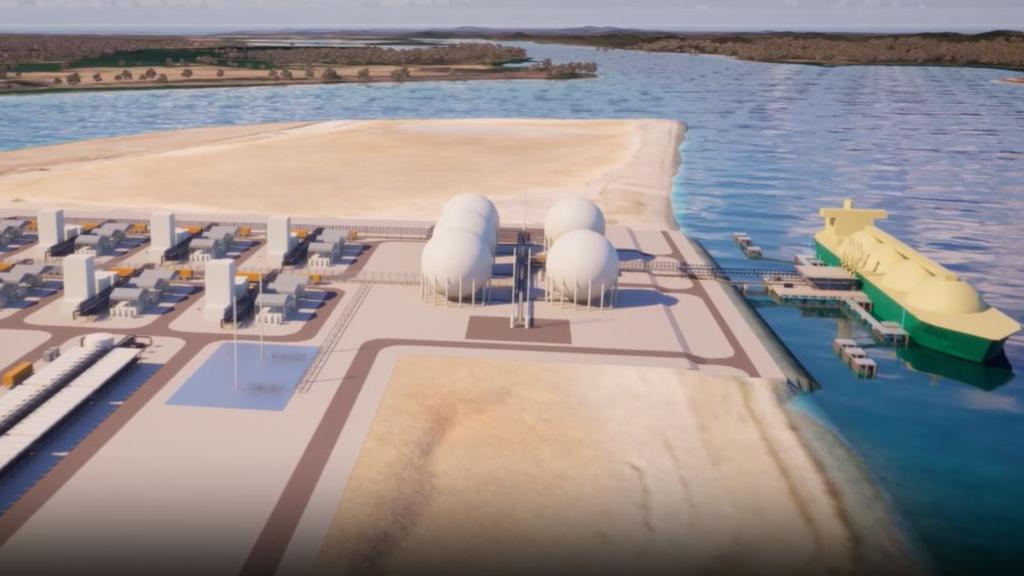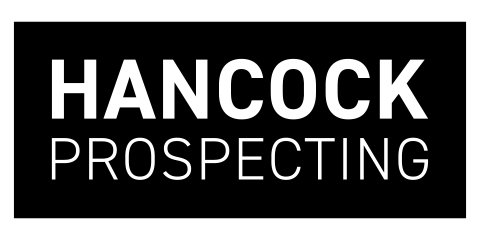
Article by Michael McKenna, courtesy of The Australian
29.06.2025

Australia’s largest green hydrogen project has been terminated, with the collapse of the international consortium developing the $12.5bn plant and pipeline in Gladstone.
The quiet scrapping of the Central Queensland Hydrogen Project (CQ-H2) follows the axing or lack of progress in a near-$100bn pipeline of ambitious proposals in the emerging green hydrogen sector, still being championed by Anthony Albanese as a future export industry and to meet net-zero emissions targets.
Queensland’s state-owned Stanwell Corporation, the lead developer of the Gladstone site, has confirmed to The Australian it has ended all involvement in the project, which was proposed and promoted by former Labor premiers Annastacia Palaszczuk and Steven Miles.
“Stanwell has discontinued its involvement in the Central Queensland Hydrogen Project (CQ-H2) project and other hydrogen development activities,’’ the company said after being contacted by The Australian about rumours the project had been cancelled. “The CQ-H2 project has been a valuable international collaboration that has provided important technical and commercial knowledge to support the future large-scale commercialisation of renewable hydrogen.”
The Gladstone project was initially touted as being able to produce up to 200 tonnes of liquefied hydrogen a day by 2028, and four times that by 2031. Its collapse follows a decision in February of the then newly elected Liberal National Party state government to reject a request by Stanwell for $1.6bn in funding for the next stage of the project.
There was mounting concern within the LNP government about the reliance on taxpayer funding to progress the project and if the commercially untested scale-up of the technology was viable. At the time, several of the overseas-based consortium partners shared the concerns about rising costs of the project.
The Japanese utility Kansai Electric Power Company, which was to be one of Gladstone’s anchor customers, pulled out of the consortium in November.
Sources told The Australian that Stanwell had unsuccessfully attempted to find a new “funding partner” after the Crisafulli government’s Treasurer and Energy Minister, David Janetzki, refused the request for funding from Stanwell.
“After that decision was made, Stanwell consulted widely to find another project partner which could fund the next stage,’’ the source said. “It couldn’t be found over the past few months and a commercial decision was made by the consortium to wind it all up. It is a decision of the consortium.”
Another of the Japanese consortium members, Iwatani Corporation, withdrew from the project and closed its Queensland offices in March, without making a public announcement.
It was reported earlier this year that the 2019 initial $12.5bn estimated cost of the project’s construction had blown out to $14.75bn by 2022, and there was further expected blow-outs with the worldwide hike in input costs.
The CQ-H2 project was initially touted as being able to produce up to 200 tonnes of liquefied hydrogen by 2028, and four times that by 2031. It involved the already completed construction of a solar farm to fuel the plant, a pipeline and liquefaction facility to ready the hydrogen for export.
The consortium also includes ammonia producer Incitec Pivot Limited, Japanese trading house Marubeni, Singaporean company Keppel.
The proposed green hydrogen facility aimed to produce almost 3GW of electrolyser capacity by mid-2030. An estimated $117m in federal, state and private sector funding had been spent on a feasibility study to inform a final investment decision later this year on the first stage of the project.
When announced, the former Labor state government said the Gladstone project would deliver about $15bn in export earnings and $9bn in direct foreign investment.
The office of federal Energy Minister Chris Bowen, who has helped fund some of the project’s feasibility study, was contacted for comment.
In February, Mr Bowen said he was “surprised and disappointed” by the Crisafulli government’s decision to reject Stanwell’s request for more funding.
The Albanese government had already offered funding for the project, delivering $20m from the Australian Renewable Energy Agency for the feasibility study, and a further commitment of $69m from the government’s Hydrogen Hubs program.
The termination of the Gladstone project follows the collapse of a string of major green hydrogen proposals across Australia.
In February, South Australian Premier Peter Malinauskas axed plans for a $596m hydrogen plant. It was soon followed by global commodities company Trafigura, which owns the Nyrstar lead smelter in Port Pirie, axing a $750m proposed green hydrogen plant that was set to produce 100 tonnes a year.
In March, The Australian reported that an estimated 99 per cent of the announced capacity of proposed green hydrogen projects has not progressed beyond the concept or approval stage, with less than 30,000 tonnes a year reaching a final investment decision or starting construction, according to Rystad Energy.



